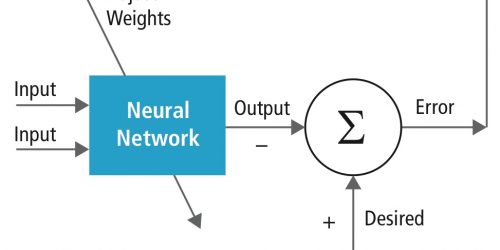“Dataflow: Where Power Budgets Are Won and Lost,” a Presentation from Movidius
Sofiane Yous, Principal Scientist in the machine intelligence group at Movidius, presents the "Dataflow: Where Power Budgets Are Won and Lost" tutorial at the May 2016 Embedded Vision Summit. This presentation showcases stories from the front lines in the battle between power and performance in embedded vision, deep learning and computational imaging applications. First, Youse […]
“Dataflow: Where Power Budgets Are Won and Lost,” a Presentation from Movidius Read More +


